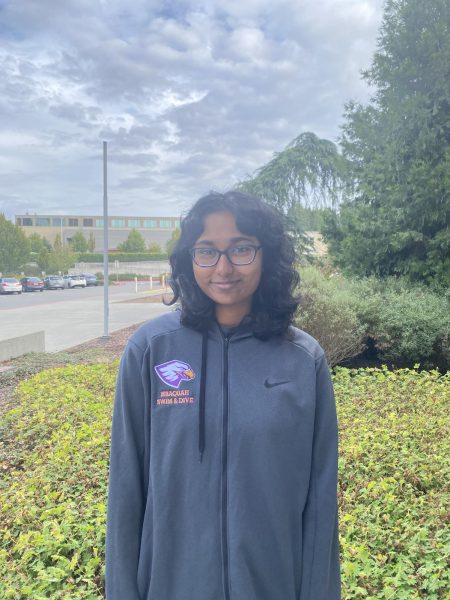The Eurocentric Approach Towards History Education
May 27, 2022
Throughout their time at IHS, students must meet requirements in the courses they select. These, combined with various activities and test scores, make up graduation requirements. In the case of social studies, three credits are needed for graduation, with freshmen having the option to choose either World History I and II, or their respective honors counterparts. However, even in courses like this that promise a global curriculum, the main focus of the course remains Eurocentric, with topics such as the Spice Trade, vastly excluding the views of those outside the European continent. Rarely do we go in depth into the history of other nations before European expansion.
The result of this curriculum is a single-view story, in which students are not exposed to the global cultural history of the world. Not only does this lead them to be more ignorant, but it also pushes aside parts of what may be their own culture, as well as shadowing parts of the history of their nation. An article by PBS comments, “These missing narratives of the curriculum can counter misconceptions of Asian Americans…It’s important to be seen in your nation’s history, but the reason for teaching Asian American history isn’t about making people feel better. It’s about having a truthful understanding of the U.S.” For students of other cultures, there is never truly an extensive dive into the history of their culture at school–and with a diverse student body like the one in IHS, this is amplified. Not only that, solely following the view of Europeans leads others to take on a role of secondary importance to the student within the curriculum. We know that perception is something easily manipulated in almost every scenario. How many times have you hated the antagonist of a new series before learning their story and views? I know for me, it has happened more times than I can count. By focusing on the view of a single region, the social studies curriculum is shutting out chances to broaden the views of students and promoting a narrative in which only one area, Europe, is given dimension.
Of course, the reasoning behind the curriculum is clear when glancing at both the political relationships of the U.S. and its founding. It only makes sense that the U.S. social studies education would center around its history and view. A page by the University of Oregon advocates this curriculum, stating, “The US-Europe economic relationship is larger and deeper than any other in the world….Learning about Europe — and learning a European language in particular — can help position you to tap into this relationship: the largest stream of wealth generation in the world.” Not only economic relationships, but from the founding of the United States alone, Europe and the U.S. are intricately linked, with conflicts within the land mass leading to the eventual formation of an independent country within the New World. Although this is undeniable and important to the civic literacy of an individual, perpetually focusing solely on the view of Europe is a detriment to students.
Fortunately, change is being made. Particularly, IHS is offering a new course, titled “India & South Asia: From Area Studies to Ethnic Studies,” in which students will analyze various influences that shaped the region. This course promises the chance to add dimensionality to a region other than Europe, and hopefully, will pave the way for more courses to come.



